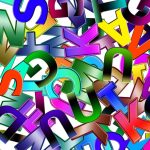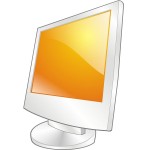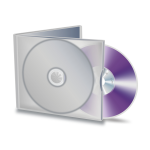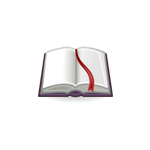 Typography refers to the style and appearance of a written language, and/or the art and study of arranging and displaying a written language.
Typography refers to the style and appearance of a written language, and/or the art and study of arranging and displaying a written language.
Let me just say (from the perspective of not being an artist) that typography is truly is an art-form that can add to or subtract from just about every language I’ve ever run across.
In this digital age, typography relies very heavily upon the usage of one main component: font.
Font is the graphical representation of text. Each font is a set of characters in a specific style, typeface, or design.

 Bandwidth is a prized commodity — and generally in short supply — in my household.
Bandwidth is a prized commodity — and generally in short supply — in my household. My sister recently “lost” an entire folder that was supposed to be on her PC’s desktop.
My sister recently “lost” an entire folder that was supposed to be on her PC’s desktop. The premise: A beautiful Saturday, with a cool breeze, a cloudless sky, and the outdoors calling my name.
The premise: A beautiful Saturday, with a cool breeze, a cloudless sky, and the outdoors calling my name. This week I was introduced to a new text editor. While it is not a command line text editor, or even a Linux-only text editor, it does fit pretty well into the current line-of-thought.
This week I was introduced to a new text editor. While it is not a command line text editor, or even a Linux-only text editor, it does fit pretty well into the current line-of-thought. As time goes by and bigger and better comes along, we have a habit of leaving behind the old… and forgetting about it as we welcome the new.
As time goes by and bigger and better comes along, we have a habit of leaving behind the old… and forgetting about it as we welcome the new. In the process of obtaining new Windows software, you’re often confronted with two daunting options: 32-bit and 64-bit.
In the process of obtaining new Windows software, you’re often confronted with two daunting options: 32-bit and 64-bit. Oftentimes, while in the middle of a conversation, there will be a word that I want to use because it fits the context perfectly, and yet I am unable to remember the word.
Oftentimes, while in the middle of a conversation, there will be a word that I want to use because it fits the context perfectly, and yet I am unable to remember the word.
